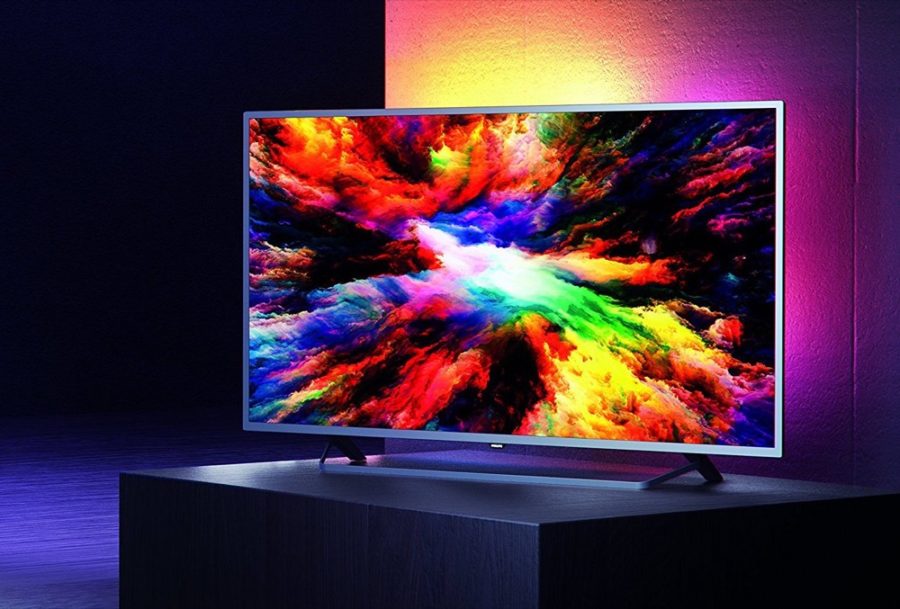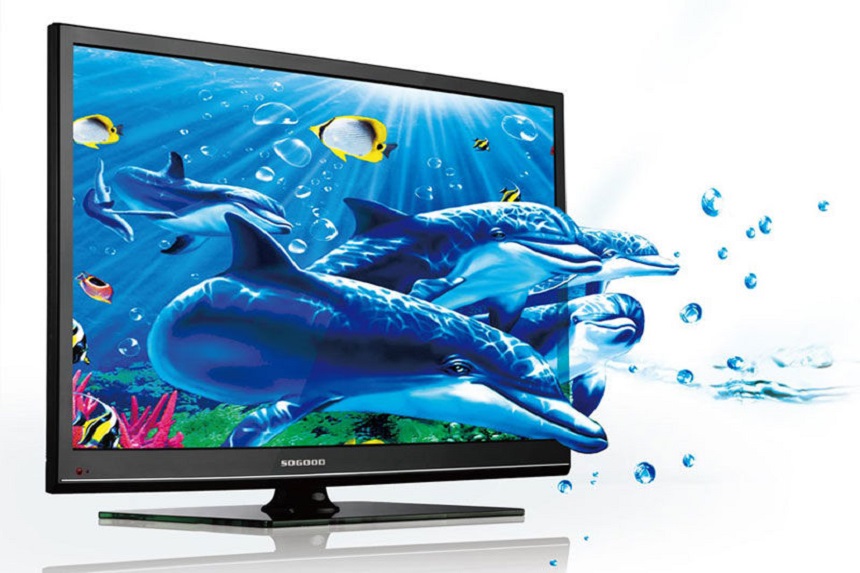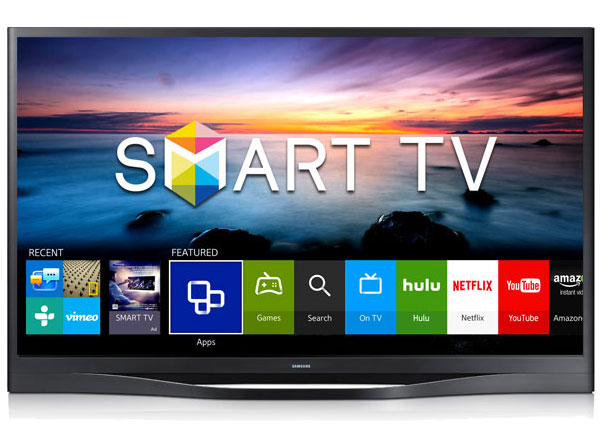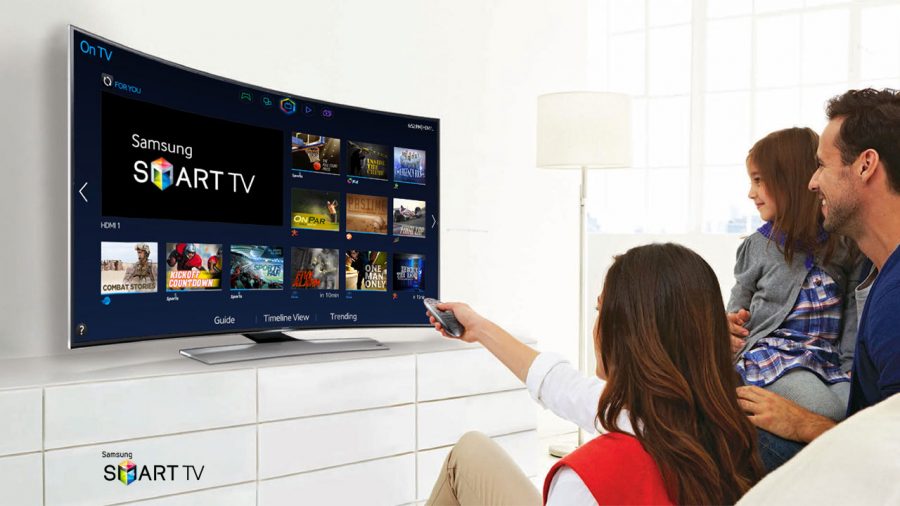In this article you will find the answer to the popular question of netizens: how is ice TV different from a smart TV? Progress, as they say, is not standing still there are new gadgets, devices with interesting, useful functions. Many of them have become indispensable, necessary helpers in the everyday life of ordinary people. An honorable place among various types of household appliances is occupied by televisions. At the TV, we are gathering with the family to watch an interesting film together or to cheer with friends for our favorite team. In addition, few people do not like to lie on their favorite couch by the TV on their day off to watch their favorite channel.

The first devices for converting waves into an image were large boxes with a small black and white screen and were considered a luxury, since not everyone could afford to buy such an expensive device. Now in every family there is a representative of this kind of devices, and sometimes several. And these devices are completely unlike their predecessors, modern TVs are screens that differ in size, which can be hung on a wall or mounted on a pedestal.
A large number of representatives of different types of devices have appeared, which can differ from each other in a set of functions, in the way they transmit pictures and sound. The so-called LED TVs were widely used, and not so long ago, new Smart models appeared. Let's try to figure out how ice TV differs from smart.
Features of LED TVs
In this chapter, we consider the features of an LED TV and figure out what is its difference from ordinary representatives of this type of equipment.

Ice devices are a type of LCD TVs in which the backlight is provided by diodes. A diode is a semiconductor emitting a glow when an electric current passes. What determines the high quality of the picture in devices with LED? Due to the large number of LEDs, dimming or changing the brightness of different sides of the screen occurs evenly, which ensures good color reproduction, excellent image quality.
By the number of colors, diodes are:
- monochromatic - in such devices white backlighting is used. This type of backlight is the most budget, it provides image quality similar to LCD;
- tricolor - red, blue, green diodes are used for image transmission in such devices. This method improves color reproduction, the palette of the image. For the effective operation of such a device requires a powerful processor that increases energy consumption;
- mixed - this type combines two of the above methods, when a layer of a special film with red and green dots is superimposed on a monochrome blue diode. With this method, color reproduction is carried out most efficiently, the viewer can enjoy the entire palette of shades. At the same time, the energy costs of such a TV are minimal.
 The quality of image or color transmission also depends on the location of the backlight diodes. There are two technologies for the location of the backlight Direct and Edge.
The quality of image or color transmission also depends on the location of the backlight diodes. There are two technologies for the location of the backlight Direct and Edge.
- Direct - a way to position LEDs across the entire back of the screen. The presented type of arrangement provides a high level of contrast transmission. The case of such a TV is much thicker than that of other representatives of LED, but the low cost and high image quality cover this disadvantage.
- Edge - technology for the location of the backlight around the perimeter of the back of the screen. Moreover, the diodes can be located at the bottom, on two opposite sides or around the entire perimeter of the screen. This method allows you to produce models with a thin body, which can be less than one centimeter. Models of these devices are more expensive than representatives with direct illumination, since for the uniform distribution of light in the design, scattering and reflecting devices are additionally used.Although Edge LEDs have a higher cost, the picture quality is significantly lower and there are visible highlights at the locations of the LEDs.
LED technology is the most widely used among manufacturers of TVs and digital technology. The models presented by Samsung, Phillips, LG, SONY and many other manufacturers are very diverse in terms of the number of functions, the diagonal of the screens, and the pricing policy. A user with any income can buy a suitable LED TV model for himself with good image quality.
Smart TV in your home
Advertising of almost all the latest TV models is not complete without a combination of Smart TV, smart television technology. What is the difference between a device with a smart function and an ordinary one?

Smart TV is a technology that combines the functions of a computer and a TV in one device. This is the so-called smart TV, which allows the user to use the TV not only to watch certain channels, but also use the Internet connection to install applications on a smart TV, watch videos, movies, and broadcasts online. Smart TVs can connect to the network via a regular Internet connection or via Wi-Fi.
Depending on the region, some applications, both global and local, are already arranged in the basic TV set. To personalize the device, resources are provided, for example, as the App Store or Samsung Apps, through which the user can install applications:
- to watch the video: Yota Play, IVI, You Tube, Omelet and many others;
- to install one of the resources of interactive broadcasting;
- to download game applications;
- applications for viewing news, exchange rates, weather forecasts;
- for installing social applications Twitter, Picasa, Facebook.
And this is not the whole list of various applications and widgets that are available to users right now. TVs are controlled through special remotes that combine the functions of a joystick and a computer mouse.

Based on all of the above, we conclude that LED technology is a way of transmitting images, and Smart is a synthesis of the functions of a computer or mobile device with a TV. Thus, a device with the ability to access the Internet Smart TV can also be LED. Therefore, such a question as: smart or ice TVs, which is better? It becomes irrelevant, as these two technologies are different in their functionality and can be combined in one device. In this case, the question arises of choosing between a conventional device and Smart.
If the user and his family prefer to watch classic television channels, then buying a device with Internet access is inappropriate. In addition, such devices are much more expensive than ordinary representatives of this type of technology. If the user wants to have a more versatile device that will allow you to watch any movies, TV shows or programs at any time, as well as communicate with friends and family through the big screen, then buying a Smart TV will not be a waste of money.